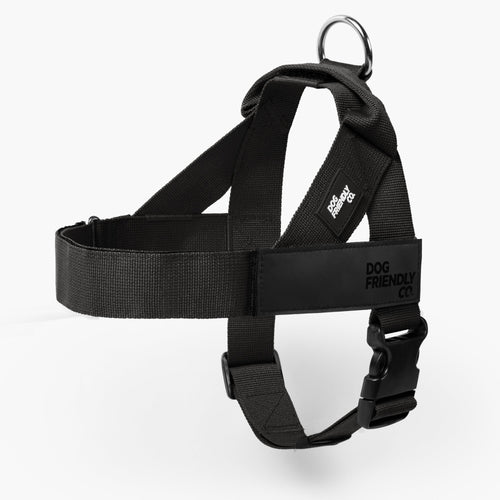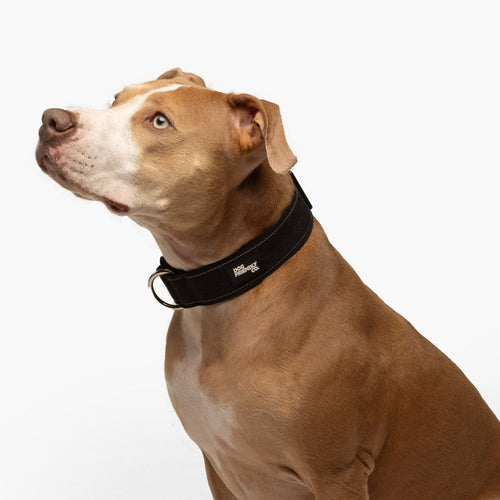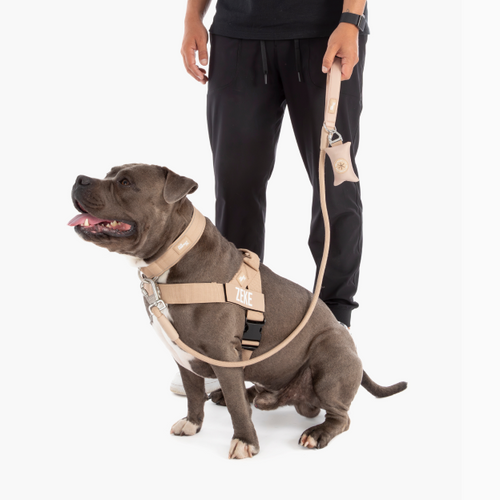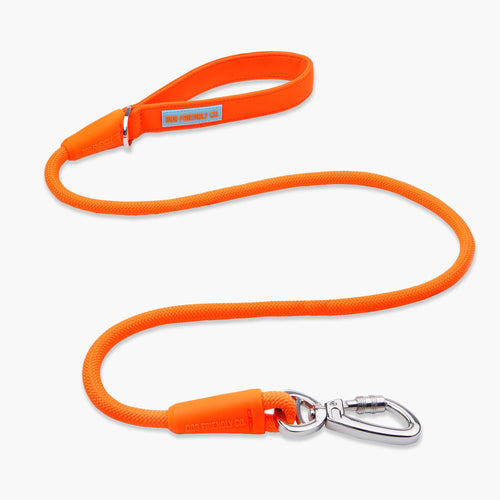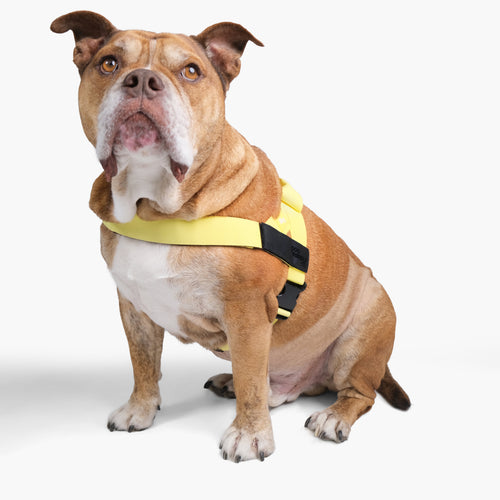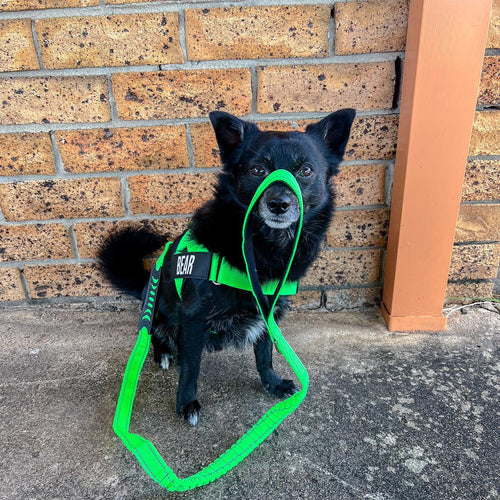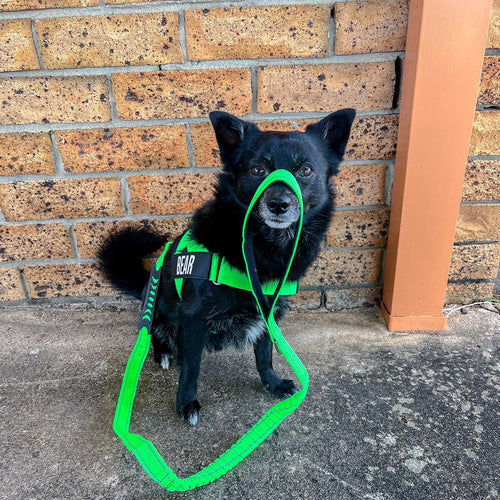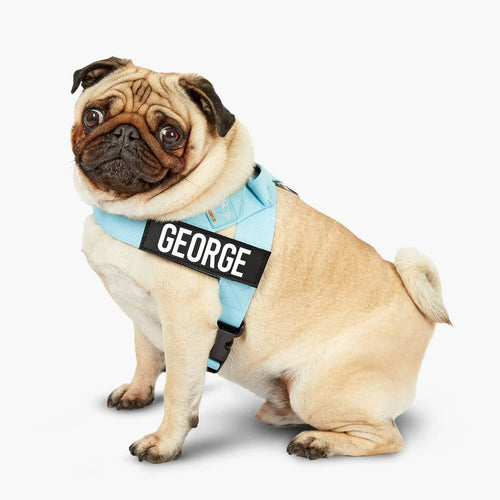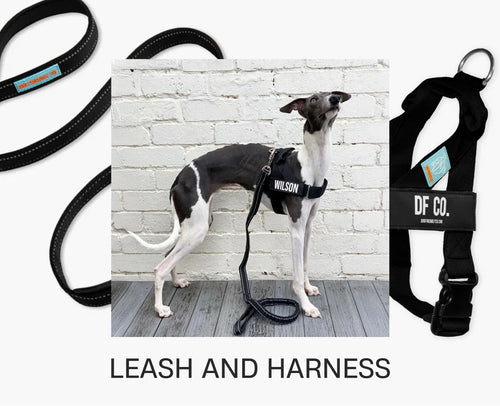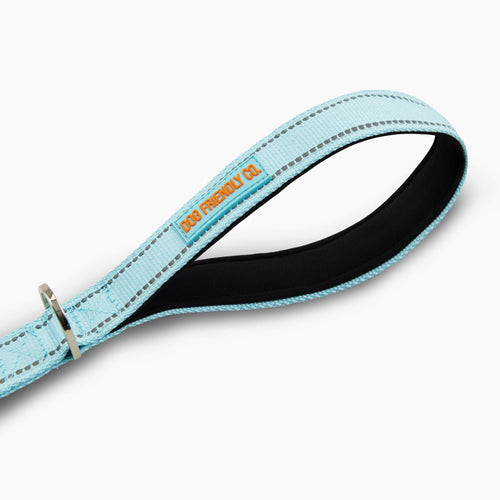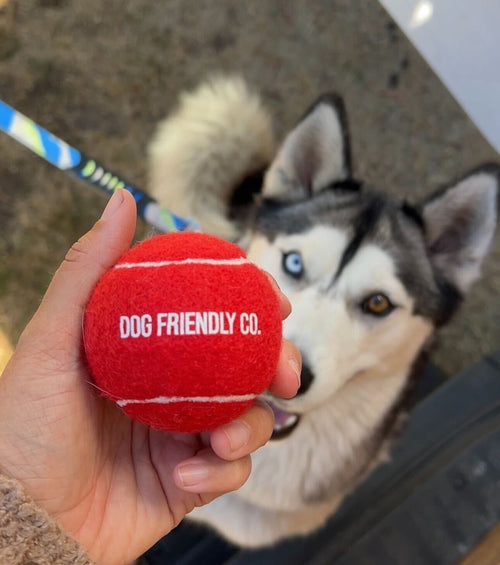Dog training tools come in all shapes and sizes, but shock collars definitely stir up some heated debate. While some swear by them for quick results, others are questioning their safety and ethics, preferring safe dog collar options like harnesses. These electronic collars, often used for training, have become somewhat of a controversial topic, especially as concerns about their impact on dogs grow.
In this blog, we’re going to take a closer look at whether shock collars are legal in Australia, the rules surrounding their use, and why the conversation has sparked a lot of discussion among pet owners and experts alike.
What exactly are Shock Collars?
Put simply, shock collars are devices that deliver a stimulus (usually some form of shock, vibration, or sound) to a dog as a response to specific behaviours. These collars come in different types, including static shock, vibration, tone, and even spray collars. Each one offers a unique way to get your dog’s attention or discourage undesirable behaviour.
Originally, shock collars were designed to help with training; often used to curb things like jumping or excessive barking. The idea behind them is to associate an unpleasant stimulus with the behaviour you want to stop, in the hopes of discouraging it. While that may sound simple enough, it’s the execution that has raised concerns about their effectiveness and safety for dogs.
The controversy around shock collars centres on the potential harm they can cause to a dog’s physical and mental health. Experts argue that the discomfort or pain caused by these collars can lead to anxiety, fear, and behavioural issues. Supporters, on the other hand, claim that when used correctly, they can be an effective training tool. This divide has led to growing conversation about their place in modern dog training.
Are Dog Shock Collars Legal in Australia?
Depending on where you live, you might find different rules or even complete bans on their use. Let’s take a look at how things stand across the country, state by state, so you can make sure you’re in the know.
- New South Wales (NSW): In NSW, shock collars are straight-up banned. The Animal Welfare (Companion Animals) Act specifically prohibits the use of electronic collars on dogs, making it clear that these devices have no place in the training or management of animals there.
- Victoria (VIC): Down in Victoria, it’s a similar story. The Prevention of Cruelty to Animals Act puts a stop to using shock collars, reinforcing that any practice causing unnecessary harm or distress to animals isn’t acceptable.
- Queensland (QLD): Over in Queensland, shock collars aren’t completely outlawed, but there are strict regulations in place. These collars can only be used under certain circumstances, and pet owners must ensure they’re being used safely and responsibly; essentially, they’re not for casual or careless use.
- South Australia (SA): In South Australia, shock collars are banned as part of their efforts to reduce cruelty to animals. Like other states, their use is seen as harmful and unnecessary when more human training methods are an option.
- Western Australia (WA): Western Australia is a bit more lenient, and there are no outright bans, but shock collars are still being regulated. While they can be used in specific situations, they’re subject to restrictions to ensure they don’t cause harm or distress to dogs.
- Other Territories: In places like Tasmania and the Northern Territory, the laws are a bit less clear. However, the general sentiment is leaning towards tighter controls or complete bans, following the lead of the larger states.
- National Legislation: At a national level, there isn’t a blanket ban on shock collars, but organisations like the RSPCA are pushing hard for stricter regulations and even an outright ban across Australia. They argue that there are far more effective and humane alternatives for dog training, ones that don’t involve causing any pain or distress.
What the RSPCA and Animal Welfare Groups Say About Shock Collars
When it comes to training our dogs, the approach matters just as much as the outcome. Major animal welfare organisations like the RSPCA and the Animal Welfare League are staunchly opposed to shock collars, citing concerns over the physical and psychological harm these devices can inflict on dogs.
They argue that these devices can be seen as forms of aversive training, potentially leading to increased stress or anxiety in dogs over time. Veterinary experts have also noted cases where dogs experienced discomfort or distress from these collars, highlighting the need for caution in their use.
In response to these concerns, the RSPCA and similar organisations have launched campaigns advocating for a nationwide ban. Instead, they promote reward-based training as a more effective and kinder alternative. Their efforts focus on changing how people think about training and encouraging methods that put the dog’s well-being first. Research backs up these views, with studies showing that harsh training methods like shock collars can harm both a dog’s body and mind. Experts agree, too, that positive reinforcement is not only kinder but also works better when it comes to training.
In the end, top animal welfare groups are firmly against shock collars, pointing to safer and more effective training options. Their position is supported by research and expert advice—all of which are focusing on the important thing: what’s better for our dogs.
The Impact of Shock Collars on Your Dog’s Well-being
Shock collars have become a point of contention, especially when considering the toll they take on our pets, including:
Physical and Psychological Impact
Shock collars can cause real discomfort, anxiety, and stress in dogs, leading to behavioural issues rather than solving them. Studies and vets have pointed out that these collars can create lasting emotional harm, contributing to fear, aggression, and even trauma in some cases.
Alternatives to Shock Collars
Thankfully, there are plenty of positive reinforcement methods that don’t involve shocking your dog into obedience. These approaches, like reward-based training, are not only safer but have also proven to be more effective in fostering a positive relationship with your pet.
Public Perception and Animal Rights
As awareness grows, so does the public push for more ethical treatment of dogs and animals in general; with people demanding training tools that prioritise their well-being. Paired with increased advocacy from animal rights groups, there’s a clear shift toward supporting humane training practices.
But Wait, Are There Any Exceptions or Specific Uses Allowed?
While it’s generally frowned upon, there are some cases where shock collars might be used by professional trainers under specific conditions. These instances are heavily regulated, however, and trainers must follow strict guidelines to ensure that their use doesn’t cause unnecessary harm or distress to the dog.
In certain areas, shock collars can be permitted for use with service dogs or working dogs, such as cattle dogs, in remote or high-demand environments. That said, these situations are only allowed under professional supervision, and are considered a last resort when other training methods have proven ineffective.
If you’re ever caught using shock collars in regions where they’re banned or heavily regulated, you could face hefty fines or even criminal charges. Laws are becoming stricter, and authorities are cracking down on improper use to ensure the welfare of our beloved dogs.
So, What Should Dog Owners Do?
Check local laws beforehand.
Before you even think about using a shock collar, it’s worth checking what the laws are in your area. Different states and territories have different rules, so don’t assume it’s all the same everywhere. Being aware of these regulations ensures you’re not unknowingly breaking the law or putting your dog at risk.
Consider humane training methods instead.
There are plenty of other training methods that don’t involve causing your dog any stress or discomfort. Look into positive reinforcement techniques, and if you’re unsure, there’s always the option of reaching out to a professional dog trainer who specialises in these methods.
Think about what’s best for your dog.
Of course, your dog’s well-being comes first, no matter what method you choose for training. Keep in mind that there are always better, gentler alternatives that work just as well and will leave your dog happier and healthier in the long run.
Making the Right Call for Your Pup
When it comes to shock collars, it’s important to understand the laws in your state. Be sure to check local regulations to stay on the right side of the law and ensure you’re following animal welfare guidelines.
As we’re seeing more and more, the shift towards positive reinforcement and humane training is growing stronger, with experts urging owners to ditch the pain-based methods. Keep in mind: training your dog should never cause unnecessary stress or harm.
There are plenty of safer alternatives that don’t involve shock collars, and these can help nurture your dog’s well-being while still guiding them through the training process. Using reward-based techniques paired with a little extra patience will build a stronger bond with your dog and make training more enjoyable for both of you.
To make sure you’re on the right track, consider consulting with a local vet or animal behaviourist who can guide you towards the best training methods. It’s always a good idea to get expert advice, so you can be confident that you’re doing what’s best for your dog.


















